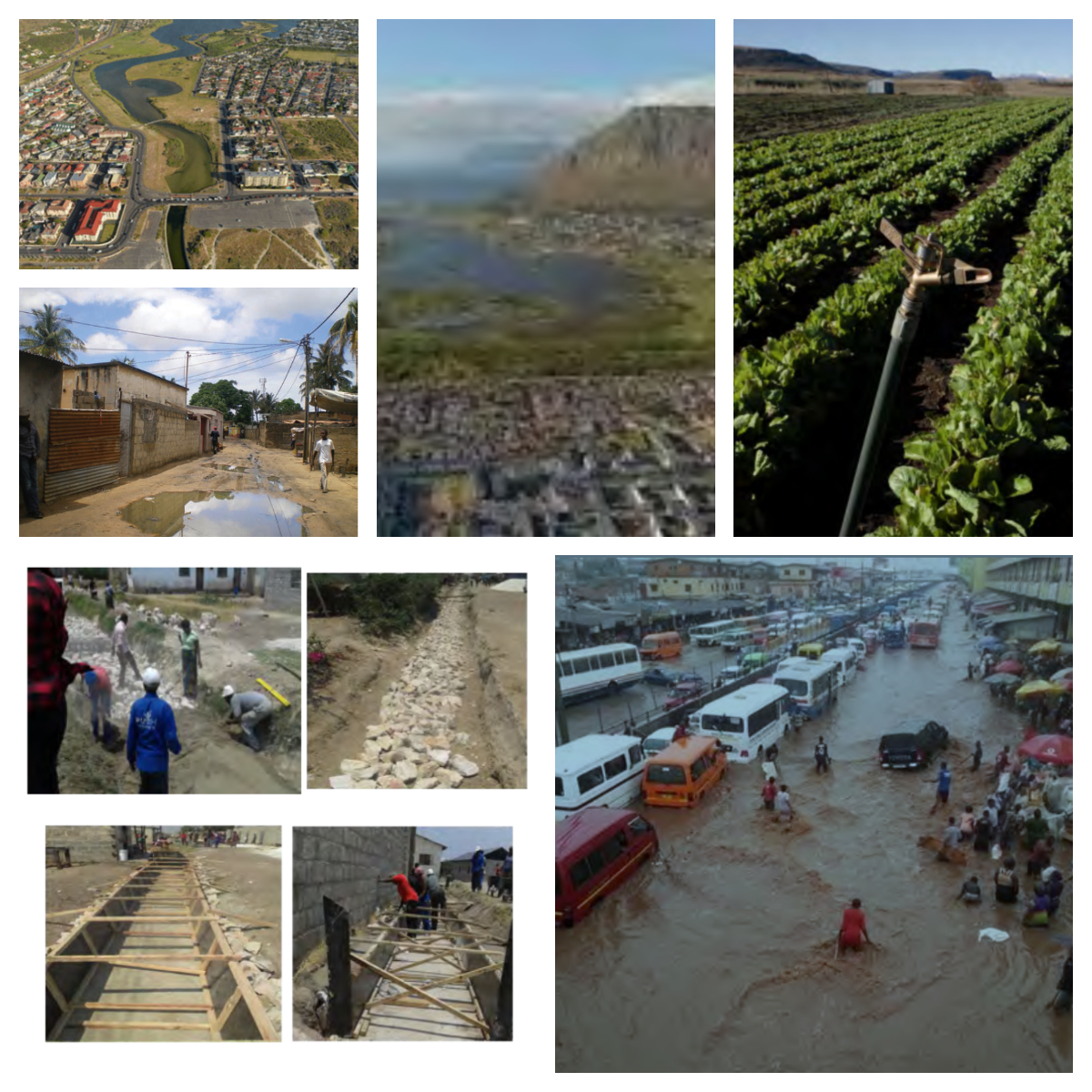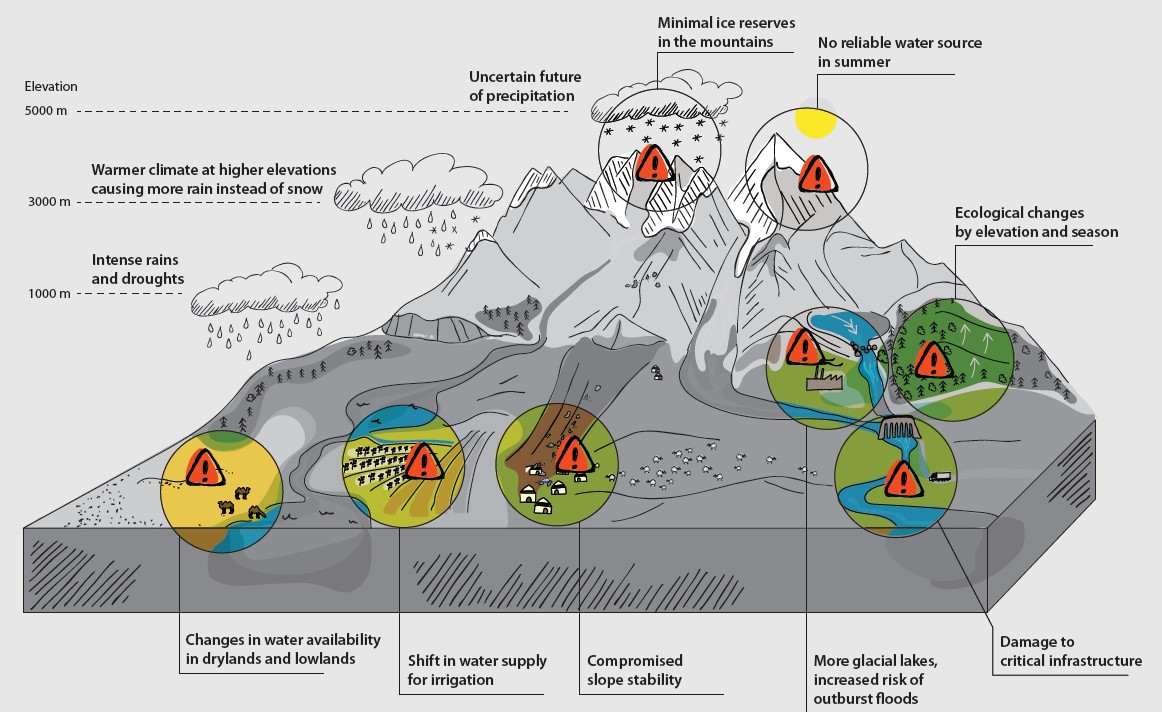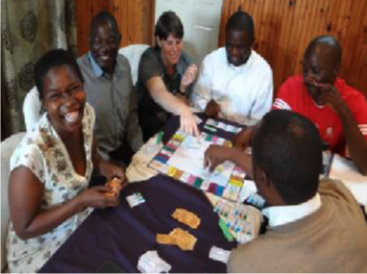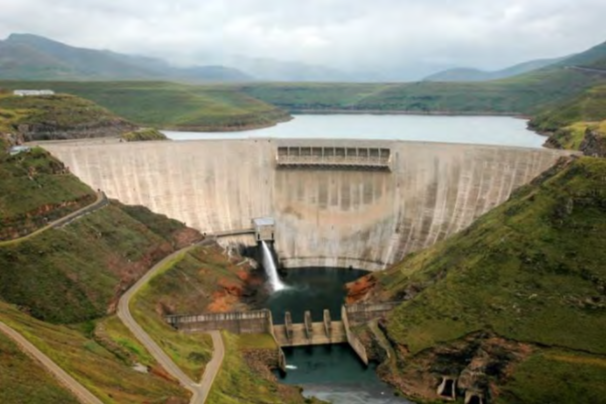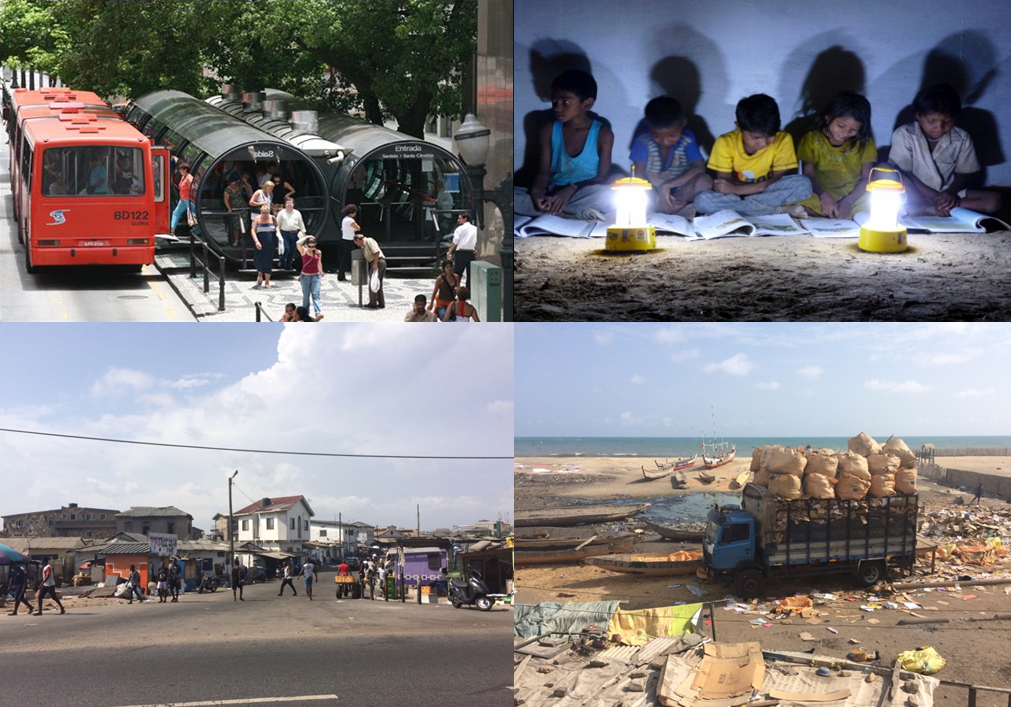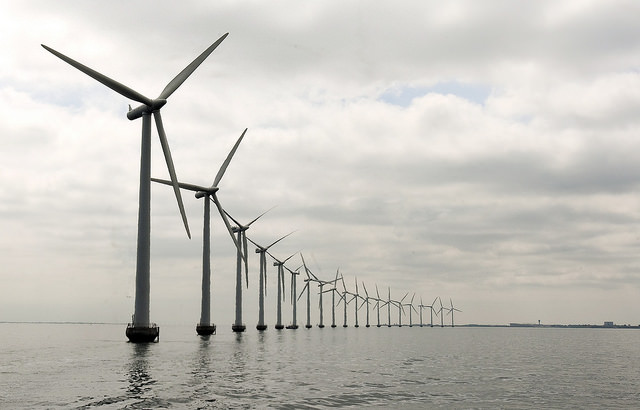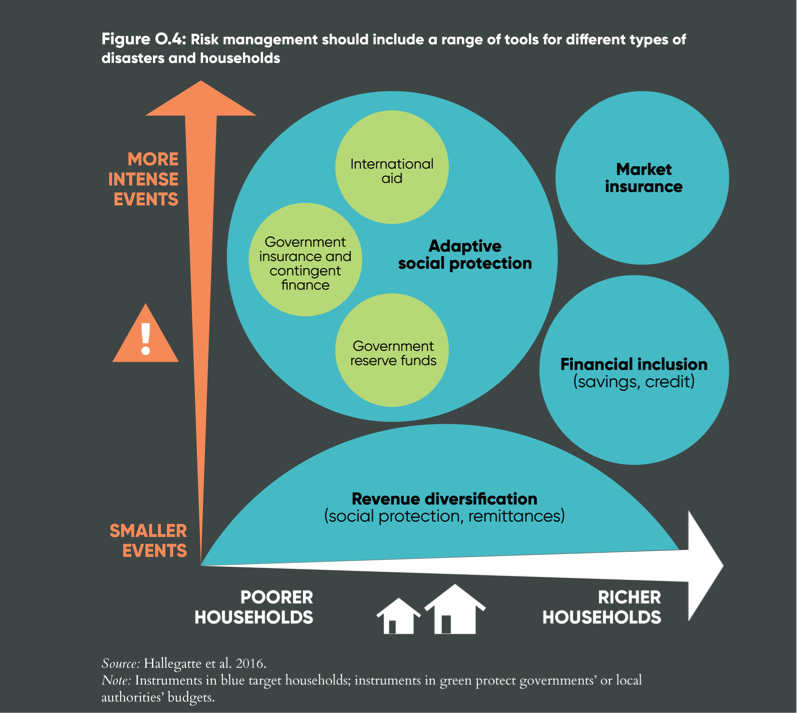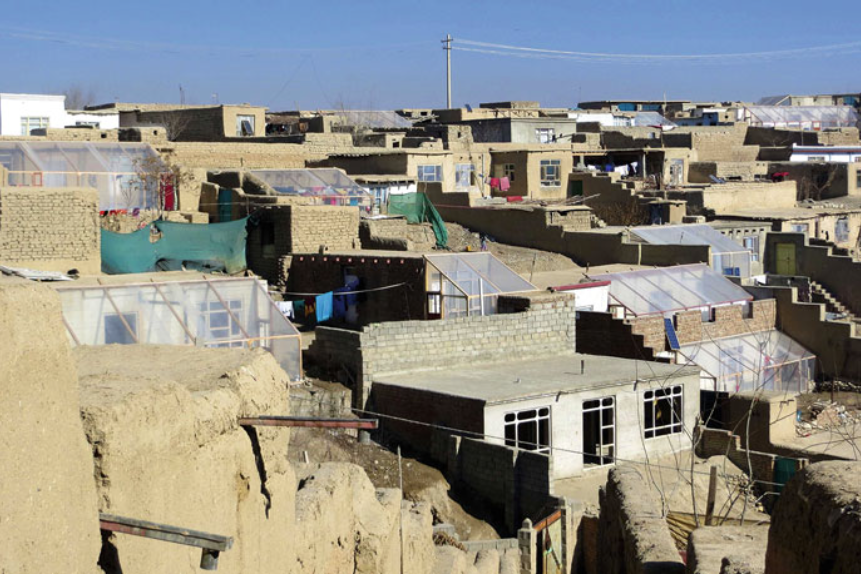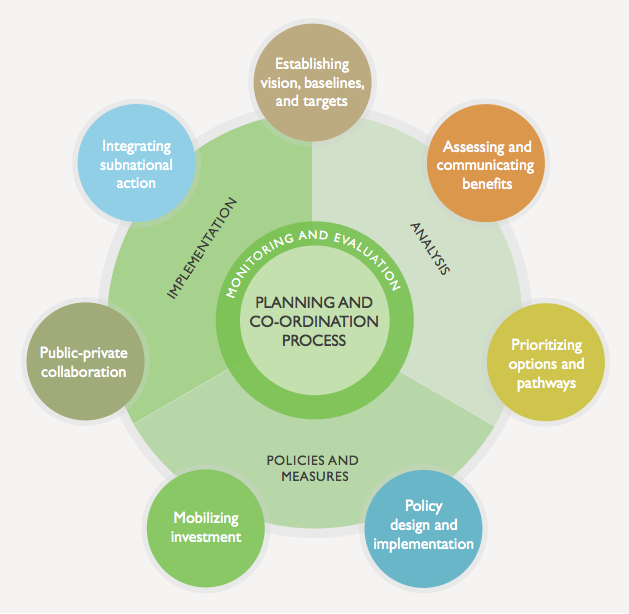World Bank

The World Bank is a vital source of financial and technical assistance to developing countries around the world.
Two Institutions, One Mission
We are not a bank in the ordinary sense but a unique partnership to reduce poverty and support development. We comprise two institutions managed by 188 member countries: the International Bank for Reconstruction and Development (IBRD) and the International Development Association (IDA). The IBRD aims to reduce poverty in middle-income and creditworthy poorer countries, while IDA focuses exclusively on the world’s poorest countries. These institutions are part of a larger body known as the World Bank Group.
Established in 1944, the World Bank is headquartered in Washington, D.C. We have more than 9,000 employees in more than 100 offices worldwide.
Strategy
Six strategic themes drive the Bank’s work, focusing on the poorest countries, fragile and conflict-affected states, the Arab world, middle-income countries, global public goods issues, and delivery of knowledge and learning services.
There are also strategies for the key areas in which we work:
- Thematic and sector strategies, which guide our work to reduce poverty in a specific sector or aspect of development. Each derives from a broad consultation with a wide array of stakeholders.
- Country assistance strategies, which identify the key areas in which we can best support a country in reducing poverty and achieving sustainable development.
Innovative Knowledge Sharing
We offer support to developing countries through policy advice, research and analysis, and technical assistance. Our analytical work often underpins World Bank financing and helps inform developing countries’ own investments. In addition, we support capacity development in the countries we serve. We also sponsor, host, or participate in many conferences and forums on issues of development, often in collaboration with partners.
To ensure that countries can access the best global expertise and help generate cutting-edge knowledge, the Bank is constantly seeking to improve the way it shares its knowledge and engages with clients and the public at large. Key priorities include:
- Results: We continue to sharpen our focus on helping developing countries deliver measurable results.
- Reform: We are working to improve every aspect of our work: how projects are designed, how information is made available (Access to Information), and how to bring our operations closer to client governments and communities.
- Open Development: We offer a growing range of free, easy-to-access tools, research and knowledge to help people address the world’s development challenges. For example, the Open Data website offers free access to comprehensive, downloadable indicators about development in countries around the globe. We have also made Open Forum—live discussions open to participants worldwide—a key part of our Spring and Annual Meetings with the International Monetary Fund.

